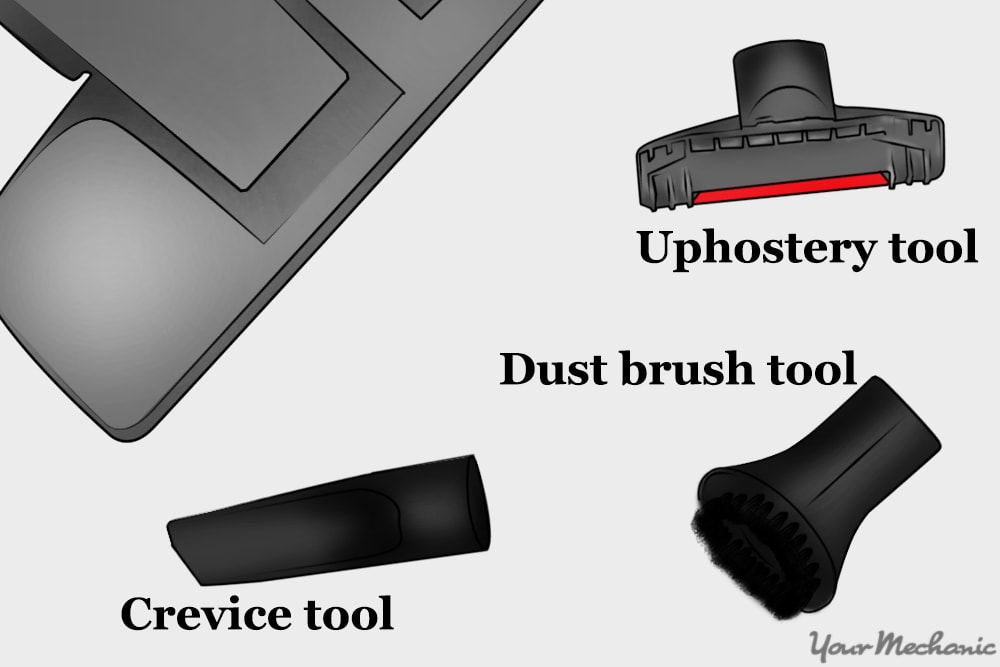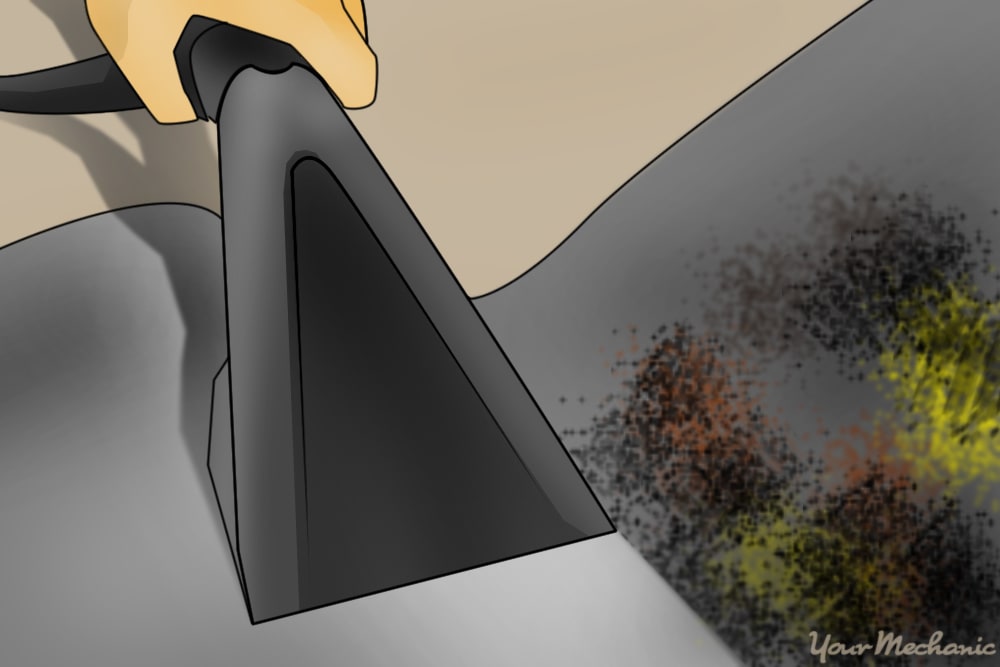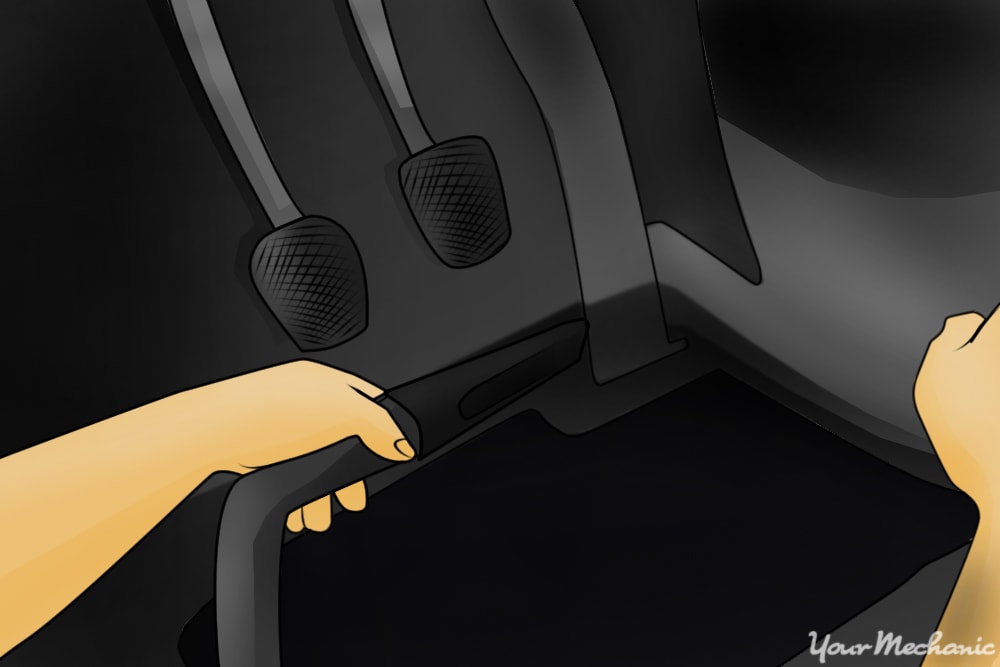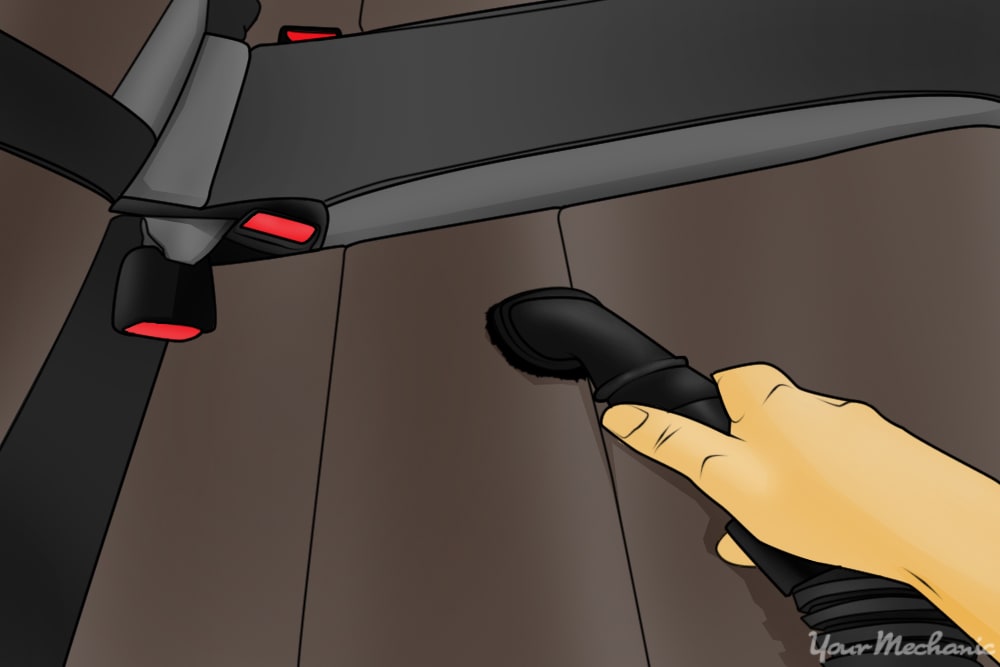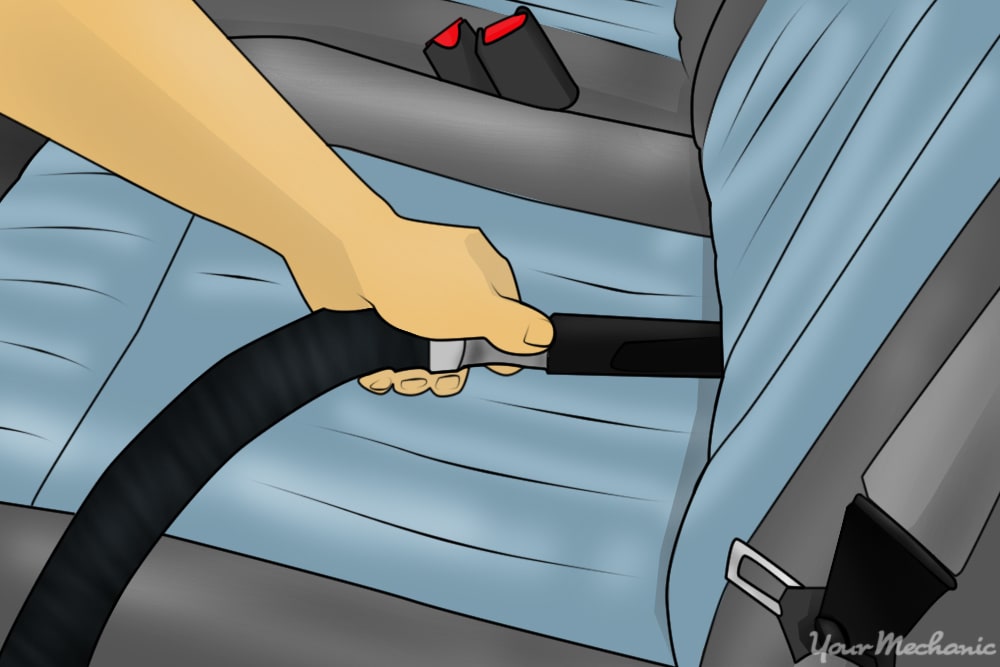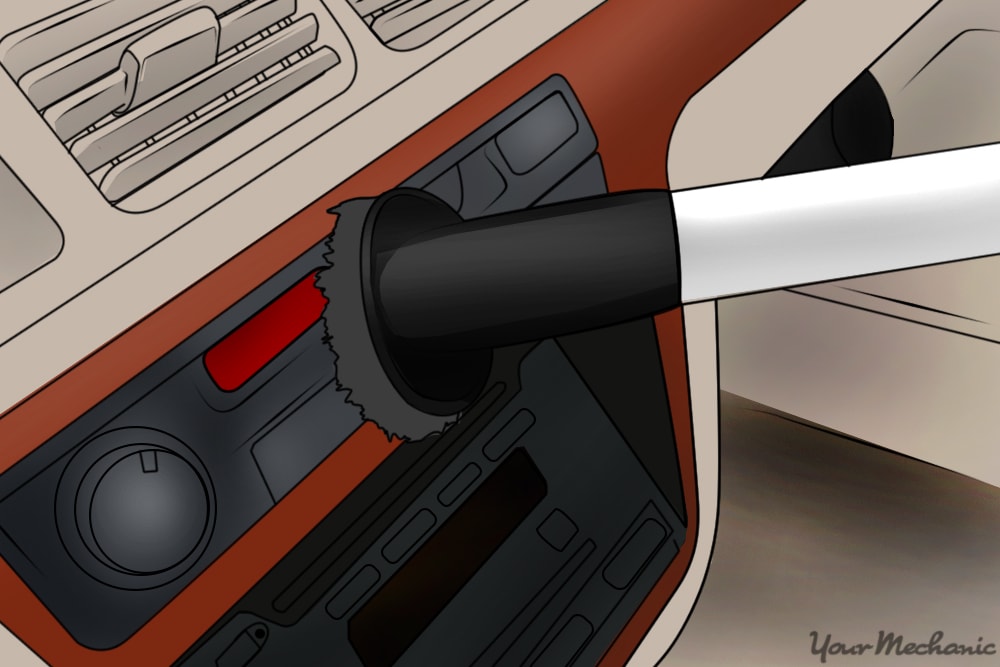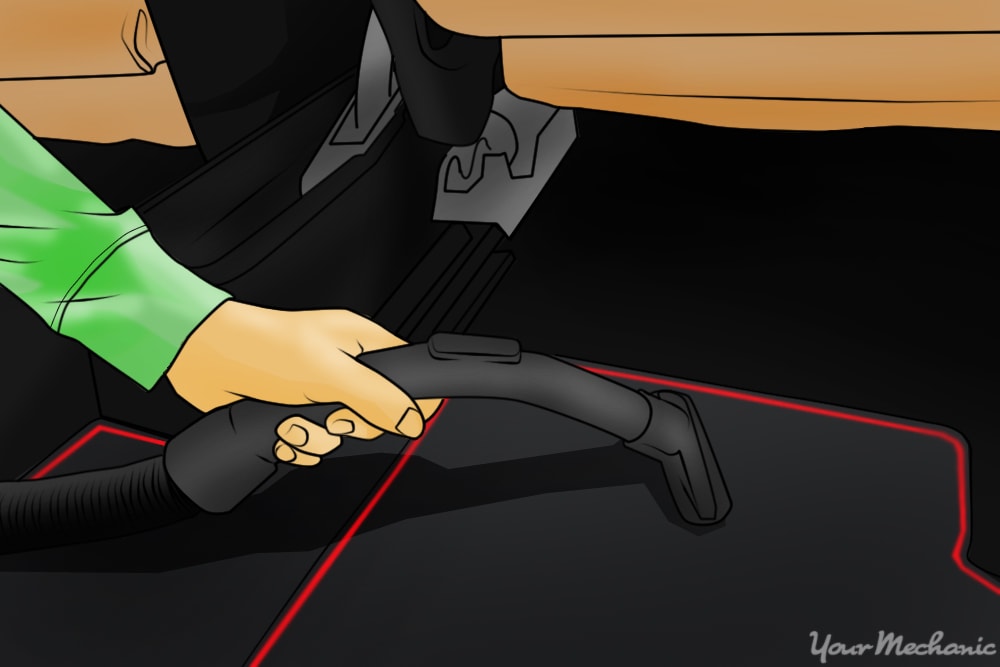

Keeping your car clean on the outside as well as on the inside is part of regular vehicle maintenance. While keeping the exterior of your car clean is mainly for appearance and corrosion resistance, cleaning your car’s interior has several benefits:
- A clean interior keeps your clothes cleaner when you drive
- It eliminates odors
- It increases your car’s desirability and value when you are selling it
- It prevents abnormal wear on the carpet and plastic
- It removes allergens that can cause sickness
Vacuuming your car’s interior is one of the most basic yet crucial vehicle maintenance and detailing procedures, but it is often done incompletely or incorrectly. It is important to use the right tool and attachments to prevent damaging your car’s interior when you vacuum.
Part 1 of 4: Choose the right vacuum
It’s easy to fall into the habit of looking for the least expensive option for car maintenance and supplies. When it comes to a vacuum, it is important to choose a high-quality vacuum complete with all the tools you require. This will save you time and money in the long run.
Step 1: Look for a quality name-brand vacuum cleaner. If you are shopping at a big box store, avoid the low-cost options that are presented along with the name brand vacuums.
These will be less efficient, lower quality, and have less vacuum power - which means they will typically need to be replaced more often, and vacuuming will take much longer.
An inexpensive vacuum may never be able to vacuum out some of the deeply-embedded soil that a high-quality vacuum can suck up.
Name brands such as Shop-Vac, Hoover, Ridgid, and Milwaukee will have vacuum options that can withstand the rigors of use in a garage.
Step 2: Decide whether you need a cordless vacuum. If you don’t have electricity near to where you will be vacuuming, select a cordless vacuum.
Choose one with an interchangeable and rechargeable battery for the longest use. If the vacuum’s battery dies and the vacuum itself needs to be plugged in for hours to recharge, you’ll have wasted time waiting.
- Note: DeWalt makes a cordless vacuum that is durable and is great for use in automotive applications.
Step 3: Choose a wet/dry vacuum. Floor mats and carpets can be wet with snow or water and will cause damage to vacuums not intended for wet surfaces.
- Tip: Always have your wet/dry vacuum assembled for wet use in the garage or when vacuuming your car, in case of moisture or water.
Step 4: Select a vacuum with an assortment of tools.
At minimum, you want a thin upholstery tool, a four- to six-inch flat brushless attachment, and a round attachment with soft bristles.
Part 2 of 4: Vacuum your car’s carpets
The carpeting in your car is where the majority of the dirt ends up. It’s carried in on your shoes, your pants, and as it’s the lowest spot on your vehicle, it is where all the dust ends up from other areas.
Step 1: Remove your floor mats from the car. You’ll clean these separately and put them back in.
Step 2: Remove all the loose objects from your car. Throw away any garbage that has collected inside your vehicle and put away any objects that you don’t need inside your car.
Set aside any items that need to go back in your car after it is cleaned.
Step 3: Vacuum the floor mats on a clean, dry surface.
Shake any loose material off of the floor mat and lay it flat on a clean floor.
Put the flat, wide multipurpose attachment without a brush on the vacuum hose and turn on the vacuum. Suck the dirt, sand, dust, and gravel off of the floor mat.
Use long passes slowly over the floor mat at a rate of about an inch per second. Overlap your vacuum passes to make sure you pick up as much of the dirt as possible.
- Tip: If there is noticeable dirt embedded into the floor mat, use the thin nozzle on the vacuum hose to loosen the debris and pick it up.
Step 4: Vacuum the carpets in the car.
Using the wide multipurpose attachment, suck the dirt and dust from the carpet. Overlap each pass with the attachment to make sure you pick up as much dirt as possible.
Complete each section of the floor before moving onto the next.
- Tip: Start with the driver’s side as it will likely be the worst area.
Step 5: Vacuum the hard-to-reach carpeted areas. Using the thin upholstery nozzle for tight areas, vacuum the crevices and hard-to-reach spots.
Vacuum the edges where carpets meet plastic trim and the areas between the seats and the console. Reach as far under the seats as possible to collect any dust and dirt that traveled there.
- Note: Be careful not to scratch the plastic trim with the nozzle as it doesn’t have a brush on the end.
Step 6: Vacuum the trunk. Often, the trunk is forgotten during detailing. Make sure to vacuum the trunk in the same manner as described in Step 4.
Part 3 of 4: Vacuum your seats
Your car’s seats are made of either fabric or a smooth surface such as real or synthetic leather. They should be vacuumed as well to remove any accumulations in the fabric or in the crevices.
Step 1: Vacuum the seating surfaces. Use overlapping passes at the same rate of speed as when you vacuumed the carpets.
If you have fabric seats, vacuum the whole seating area with the brushless multipurpose attachment.
Suck as much dust and dirt out of the cushion and fabric as possible.
If you have leather seats, vacuum the surface with a brush attachment. A wide multipurpose attachment will do the trick as long as it has a brush. The brush bristles will prevent runs or scratches on the leather.
Step 2: Vacuum the crevices.
The seams, as well as the pivot area between the seat bottom and seat back, can collect dust, food particles, and dirt.
Use a thin crevice tool to vacuum any debris from each of the seams and joints.
Part 4 of 4: Vacuum the interior trim
Dust is the most common culprit to accumulate on your car’s interior plastic trim. Vacuum it off to get rid of unsightly dust that can dry out your plastic and cause cracking.
Step 1: Install the round attachment with soft bristles on your vacuum hose.
- Note: Do not use a brushless attachment as you will mark or scratch your car’s trim.
Step 2: Run the bristled attachment lightly over each trim surface to pick up the dust and dirt.
Get into the tight areas, like the instrument cluster and crevices around the shifter, where dust and dirt accumulates. The bristles will lift dirt from the cracks and the vacuum will suck it away.
Step 3: Vacuum all exposed areas.
Use the bristled attachment to clean all visible areas of the car’s interior trim, such as the dashboard, the console, the shifter area, and the rear seat trim.
Once you have completed thoroughly vacuuming your car, you can reinstall the floor mats and put any belongings that will remain in your car in a secure, tidy place such as in the trunk. Vacuum your car once a month or whenever you notice an accumulation of dirt in your vehicle.


